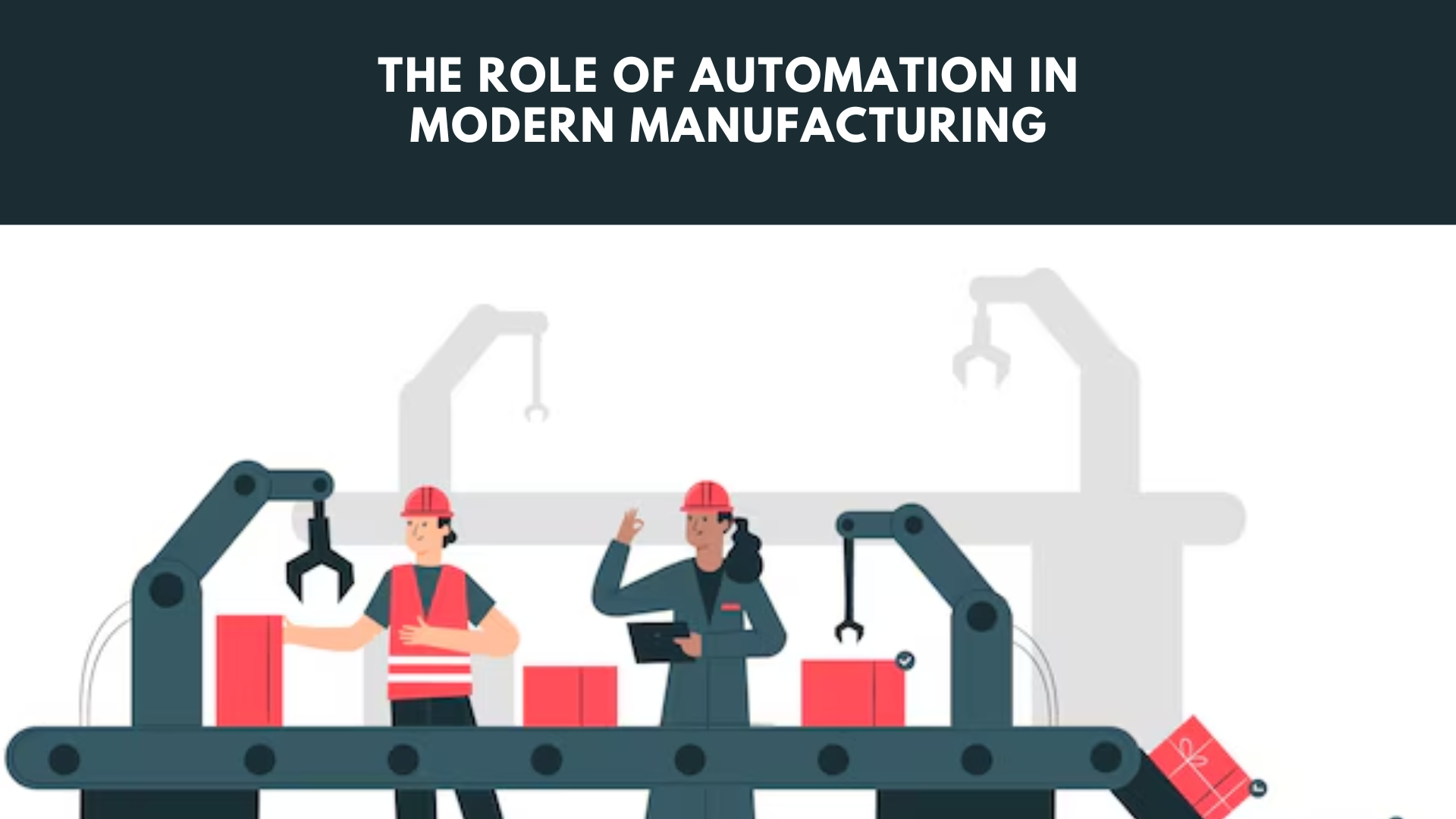In today’s fast-paced and competitive industrial landscape, automation has become a pivotal element in modern manufacturing. The integration of automated systems has transformed traditional manufacturing processes, leading to significant improvements in efficiency, quality, and productivity. This blog explores the critical role of automation in modern manufacturing, its benefits, and how it is shaping the future of the industry.
1. Enhanced Efficiency and Productivity
Automation streamlines manufacturing processes by minimizing human intervention, which leads to faster production cycles and higher output rates. Machines and robots can operate continuously without breaks, significantly increasing overall productivity. Automated systems can handle repetitive tasks with precision and speed, allowing human workers to focus on more complex and creative aspects of production.
2. Improved Quality and Consistency
One of the primary advantages of automation is the enhancement of product quality and consistency. Automated systems are programmed to perform tasks with a high degree of accuracy, reducing the likelihood of human error. This consistency ensures that each product meets the same quality standards, leading to higher customer satisfaction and fewer defects.
3. Cost Reduction
While the initial investment in automation technology can be substantial, the long-term cost savings are considerable. Automation reduces labor costs by performing tasks that would otherwise require multiple human workers. Additionally, automation minimizes material waste through precise operations and reduces the costs associated with rework and defects. These savings can be reinvested into the business to drive further innovation and growth.
4. Increased Safety
Manufacturing environments often involve hazardous tasks that can pose significant risks to human workers. Automation can take over dangerous processes, such as handling toxic substances, operating heavy machinery, or working in extreme temperatures. By reducing human exposure to these risks, automation enhances workplace safety and decreases the likelihood of accidents and injuries.
5. Flexibility and Scalability
Modern automation systems are highly adaptable and can be reprogrammed to accommodate changes in production requirements. This flexibility allows manufacturers to quickly respond to market demands, customize products, and introduce new product lines without extensive downtime. Additionally, automation facilitates scalability, enabling manufacturers to increase production capacity efficiently as demand grows.
6. Data Collection and Analysis
Automation systems are equipped with sensors and monitoring tools that collect vast amounts of data during the production process. This data can be analyzed to gain insights into operational performance, identify bottlenecks, and predict maintenance needs. Data-driven decision-making leads to continuous improvement in manufacturing processes, optimized resource utilization, and reduced downtime.
7. Integration with Advanced Technologies
Automation serves as a foundation for integrating other advanced technologies in manufacturing. For example:
- Internet of Things (IoT): IoT devices can connect automated systems, creating a network of smart machines that communicate and collaborate in real time.
- Artificial Intelligence (AI): AI algorithms can analyze data from automated systems to predict maintenance needs, optimize production schedules, and improve decision-making.
- Robotics: Collaborative robots (cobots) work alongside human workers, enhancing productivity and safety.
8. Sustainability and Environmental Impact
Automation contributes to more sustainable manufacturing practices. Automated systems optimize resource usage, reduce energy consumption, and minimize waste production. These efficiencies not only lower operational costs but also reduce the environmental footprint of manufacturing activities, supporting sustainability goals and regulatory compliance.
9. Future of Automation in Manufacturing
The future of automation in manufacturing looks promising, with continuous advancements in technology driving further innovation. Emerging trends include:
- Autonomous Production Lines: Fully autonomous production lines that require minimal human intervention.
- AI-Driven Automation: AI-driven automation systems that can learn and adapt to new tasks and environments.
- Digital Twins: Virtual replicas of physical manufacturing processes that enable simulation, testing, and optimization in a digital environment.
Conclusion
Automation is revolutionizing modern manufacturing by enhancing efficiency, improving quality, reducing costs, and increasing safety. As technology continues to evolve, the role of automation will become even more integral to manufacturing operations, driving innovation and shaping the future of the industry. Embracing automation not only provides a competitive edge but also paves the way for a more sustainable and efficient manufacturing landscape.
By understanding and leveraging the benefits of automation, manufacturers can position themselves for success in an increasingly automated and digital world.
4o









